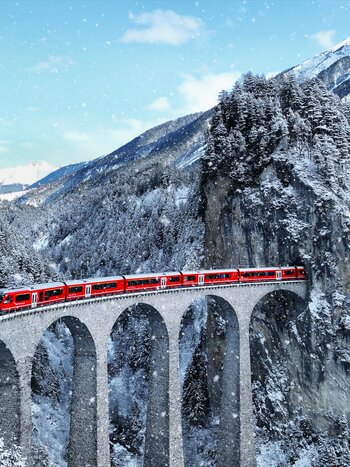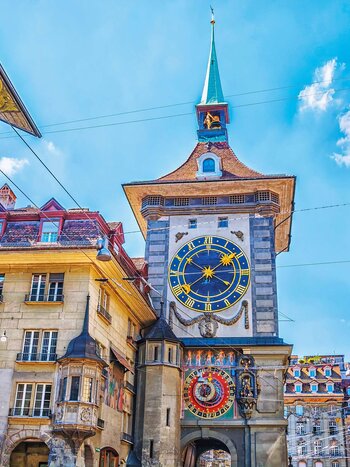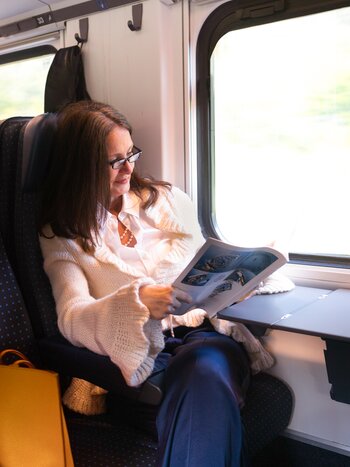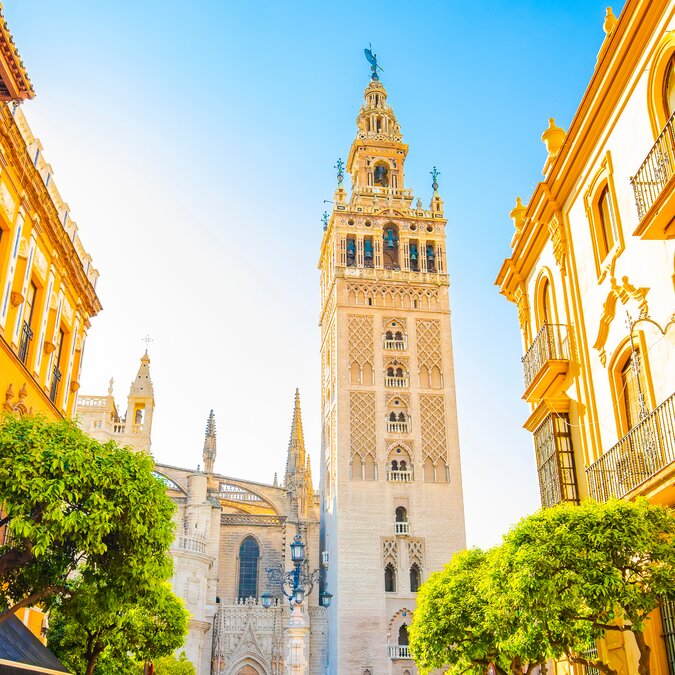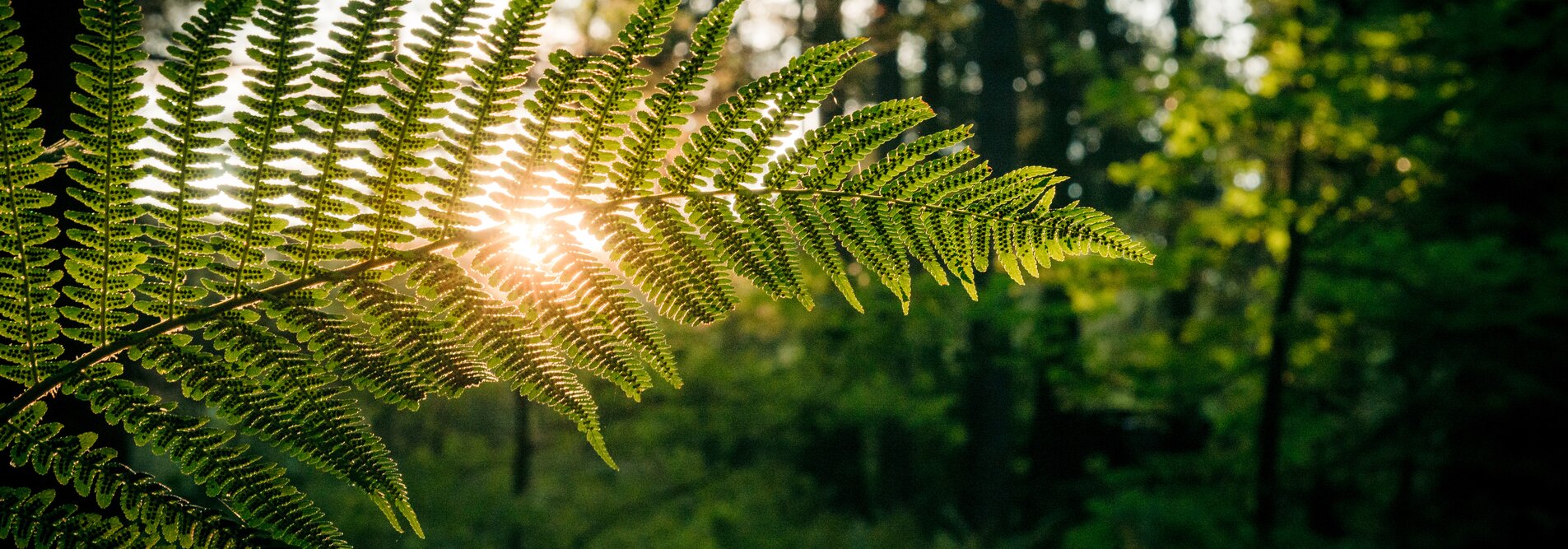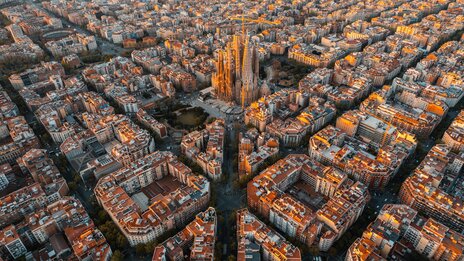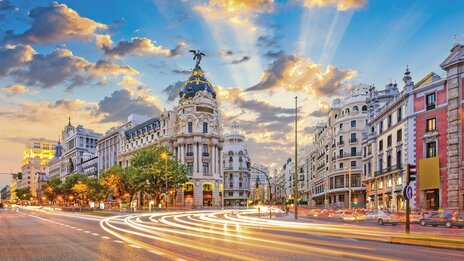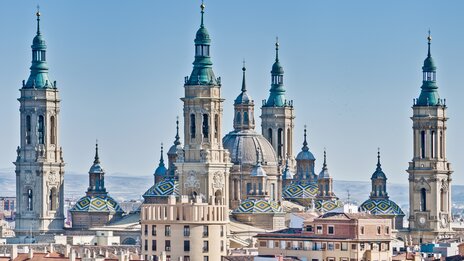Highlights
-
Seville, the capital of Andalusia, delights visitors with its unmistakable charm, rich history and vibrant culture. The city is famous for its Moorish architecture, in particular the impressive Seville Cathedral with the Giralda, a former minaret, and the magnificent Alcázar Palace, a UNESCO World Heritage Site.
Seville is the heart of flamenco, an art form of dance, song and music that can be felt in the lively neighbourhoods such as Triana and Santa Cruz. The city also attracts visitors with its flower-filled courtyards, sunny squares such as the Plaza de España and its relaxed way of life. Seville combines tradition and joie de vivre and is a magical destination that reflects the soul of Andalusia.
-
Seville lies directly on the banks of the Guadalquivir River. Many traces of the multicultural past of the city are still preserved and testify to the golden era of the former important trading city.
-
Seville Cathedral (Catedral de Santa María de la Sede) is the largest Gothic cathedral in the world and an impressive masterpiece of architecture. It was built in the 15th century on the remains of a mosque and combines elements of Islamic and Christian architecture. Particularly noteworthy is the magnificent bell tower, the Giralda, which originally served as a minaret and is now one of the city's most recognisable landmarks. A ramp leads to the top, from where you have a great view over the whole city.
Inside the cathedral is the tomb of Christopher Columbus as well as numerous works of art and impressive altars. Seville Cathedral is not only a spiritual centre, but also a fascinating testimony to the history and culture of Andalusia.
-
The Reales Alcázares in Seville are an impressive example of Moorish architecture and are among the oldest royal palaces in Europe that are still in use. The palace combines Islamic, Gothic, Renaissance and Baroque style elements in a unique way.
Visitors can admire magnificent halls, ornate stucco work and impressive horseshoe arches. The beautiful gardens with their fountains, orange trees and shady paths are particularly fascinating and invite you to linger. As a UNESCO World Heritage Site, the Alcázar is a real highlight of Seville and conveys the cultural diversity and history of the region.
-
Probably the most famous square in Seville is the Plaza de España. With its semi-circular building of gigantic dimensions, it is certainly worth a visit. Incidentally, the first scene of ‘Diabolus’, the novel by Dan Brown, was filmed here.
-
Performances in the so-called ‘tablaos flamencos’ take place every evening. The impressive performances of Andalusian dance will delight you! Many organisers offer impressive and authentic shows, especially in the Triana district.
-
Seville is very flat and therefore predestined to be discovered by bike. Over 170 kilometres of cycle paths and numerous bike hire shops are available 24 hours a day. This is a good alternative to buses, trams and taxis from October to April.
-
Numerous tapas bars, winding alleys and cosy cafés invite you to mingle with the night owls and be there when the city slowly wakes up.


